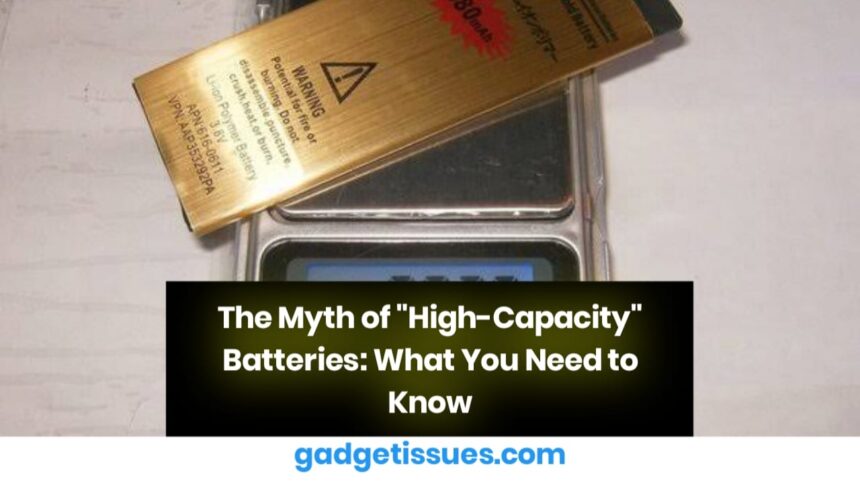The USB-C port is a crucial component of modern devices, from smartphones and laptops to gaming consoles and accessories. Over time, dust, lint, and debris can accumulate in the port, leading to connection issues, slow charging, or even hardware damage. Proper cleaning and maintenance ensure optimal performance and longevity.
In this guide, we’ll cover the best ways to clean and maintain your USB-C port safely.
Signs Your USB-C Port Needs Cleaning
You may need to clean your USB-C port if you notice:
- Loose or unstable connections when plugging in a charger or cable
- Slow or inconsistent charging
- Data transfer issues with external devices
- Difficulty inserting the USB-C cable due to obstruction
How to Clean Your USB-C Port Safely
1. Power Off Your Device
Before cleaning, always turn off your device and disconnect it from power to avoid short circuits or damage.
2. Use a Compressed Air Can
- Hold the can upright and spray short bursts into the Apple’s support page USB-C port.
- Avoid tilting the can to prevent moisture buildup.
- This method effectively removes dust and loose debris.
3. Use a Soft Brush or Toothpick

- A dry, soft-bristle brush (such as a camera lens brush) can remove stubborn dirt.
- Alternatively, use a wooden toothpick with gentle movements to clear out lint.
- Avoid metal objects like needles or paper clips, as they can damage the USB-C pins.
4. Use Isopropyl Alcohol for Sticky Residue
- Dip a lint-free microfiber cloth or cotton swab in 90%+ isopropyl alcohol.
- Lightly wipe the port’s inner edges to remove grime.
- Allow it to dry completely before reconnecting cables.
How to Maintain Your USB-C Port for Long-Term Use
1. Store Your Device in a Clean Environment
- Keep your phone or laptop away from dust-prone areas.
- Use a protective case that covers the port when not in use.
2. Avoid Excessive Plugging and Unplugging
- Repeatedly inserting and removing cables wears down the port contacts.
- Use genuine cables that fit properly to avoid internal damage.
3. Check for Cable Damage
- Frayed or bent USB-C cables can cause connection issues and damage the port over time.
- Replace cables if they show signs of wear.

Final Thoughts
A well-maintained USB-C port ensures smooth charging, data transfer, and overall device longevity. By cleaning it properly and following preventive maintenance, you can avoid costly repairs and keep your devices functioning at their best.
Also Read : How Repairability Gives New Life to Computers in Senegalese Schools







